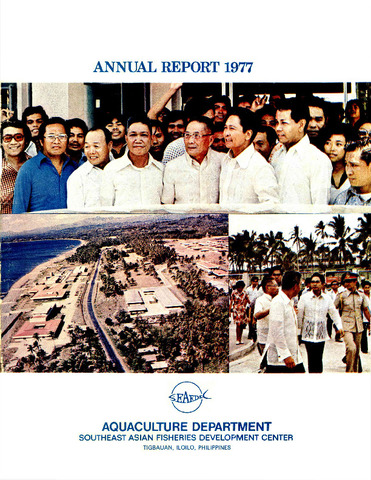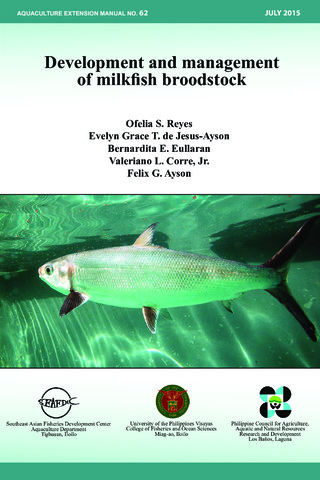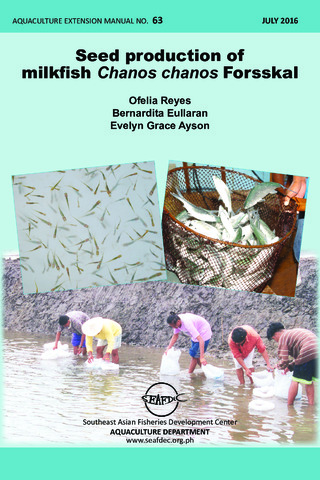Lipid composition of milkfish grown in ponds by traditional aquaculture
Share
Abstract
Milkfish is one of the most important food fish in the Southeast Asia. It is widely cultured in Indonesia, the Philippines, and Taiwan(Chen 1976). In the Philippines, about 90% of the total aquaculture production comes from milkfish culture (BFAR 1976). Traditional aquaculture techniques are still favoured by many Philippine fish farmers. Tese techniques rely on cultivation of natural food bases. As suitable areas for aquaculture become a limiting factor, an increase in productivity could be brought about the use of artificial diets. Fundamental studies on nutrient requirements and metabolism are desirable to formulate artificial diets for aquaculture. Most fish are known to effeciently digest and metabolize lipids. However, there is no informationon lipid metabolism, composition, and requirement of milkfish. This study, therefore, compares the lipid composition of milkfish grown on two different natural food bases by traditional aquaculture.
Suggested Citation
Benitez, L. V., & Gorriceta, I. R. (1985). Lipid composition of milkfish grown in ponds by traditional aquaculture. In C. Y. Cho, C. B. Cowey, & T. Watanabe (Eds.), Finfish Nutrition in Asia : Methodological Approaches to Research and Development (pp. 145-152). Ottawa, Canada: International Development Research Centre.
Subject
Taxonomic term
Collections
Related items
Showing items related by title, author, creator and subject.
-
Annual report 1977
Southeast Asian Fisheries Development Center, Aquaculture Department (Aquaculture Department, Southeast Asian Fisheries Development Center, 1978) -
Development and management of milkfish broodstock
Reyes, Ofelia S.; de Jesus-Ayson, Evelyn Grace T.; Eullaran, Bernadita E.; Corre Jr., Valeriano L.; Ayson, Felix G. (Aquaculture Department, Southeast Asian Fisheries Development Center, 2015)The manual provides developed and refined techniques for collection and transport of spawned eggs and larvae, as well as larval rearing. It also describes the necessary facilities for maintaining milkfish broodstock. Guidelines ... -
Seed production of milkfish Chanos chanos Forsskal
Reyes, Ofelia; Eullaran, Bernadita; Ayson, Evelyn Grace (Aquaculture Department, Southeast Asian Fisheries Development Center, 2016)A 26-page manual describing the site selection, hatchery design, spawning, larval rearing, natural food production, and economic analysis for milkfish.






